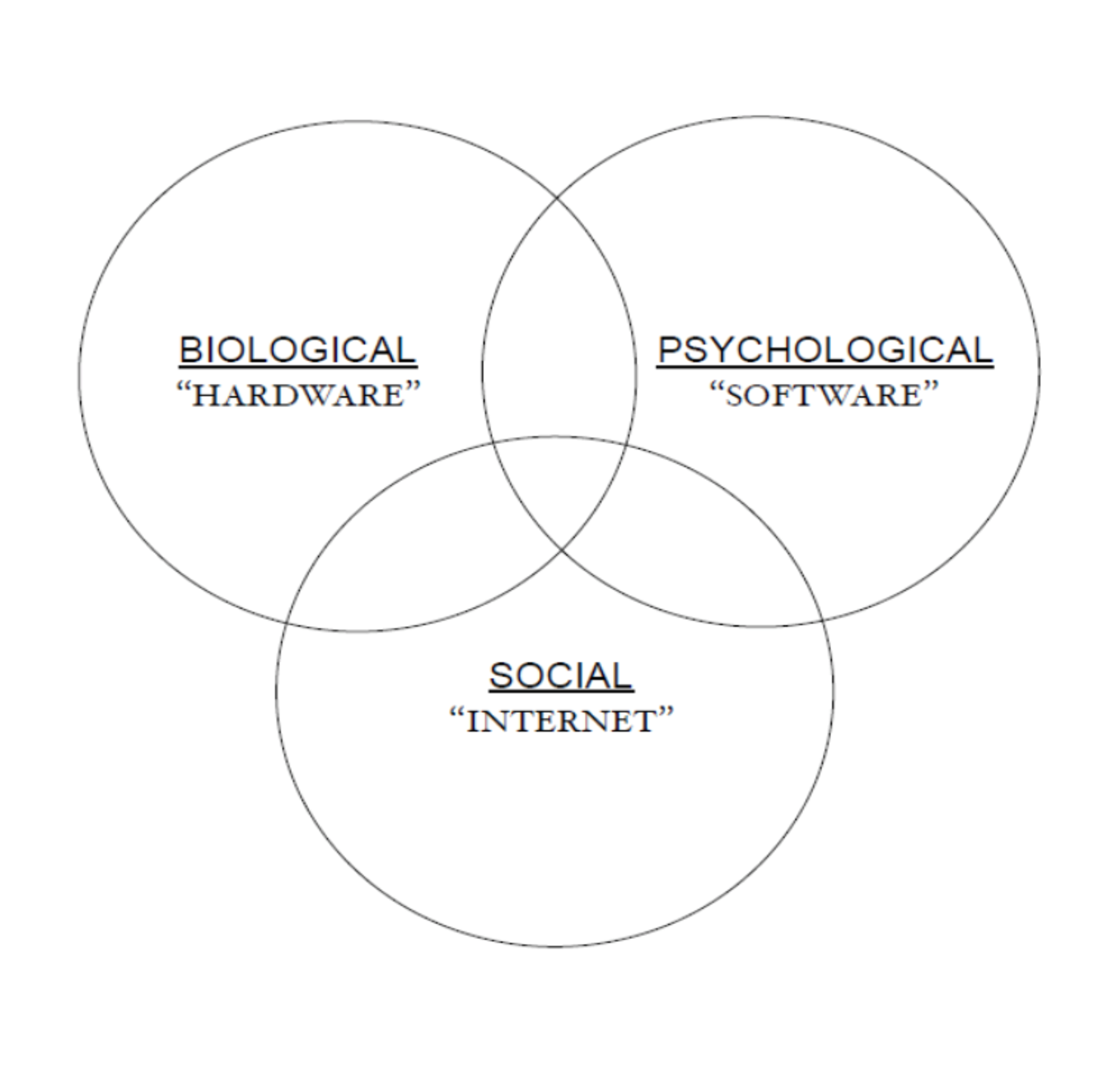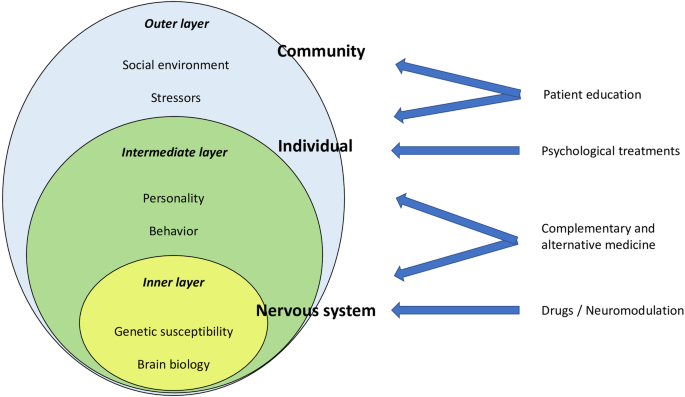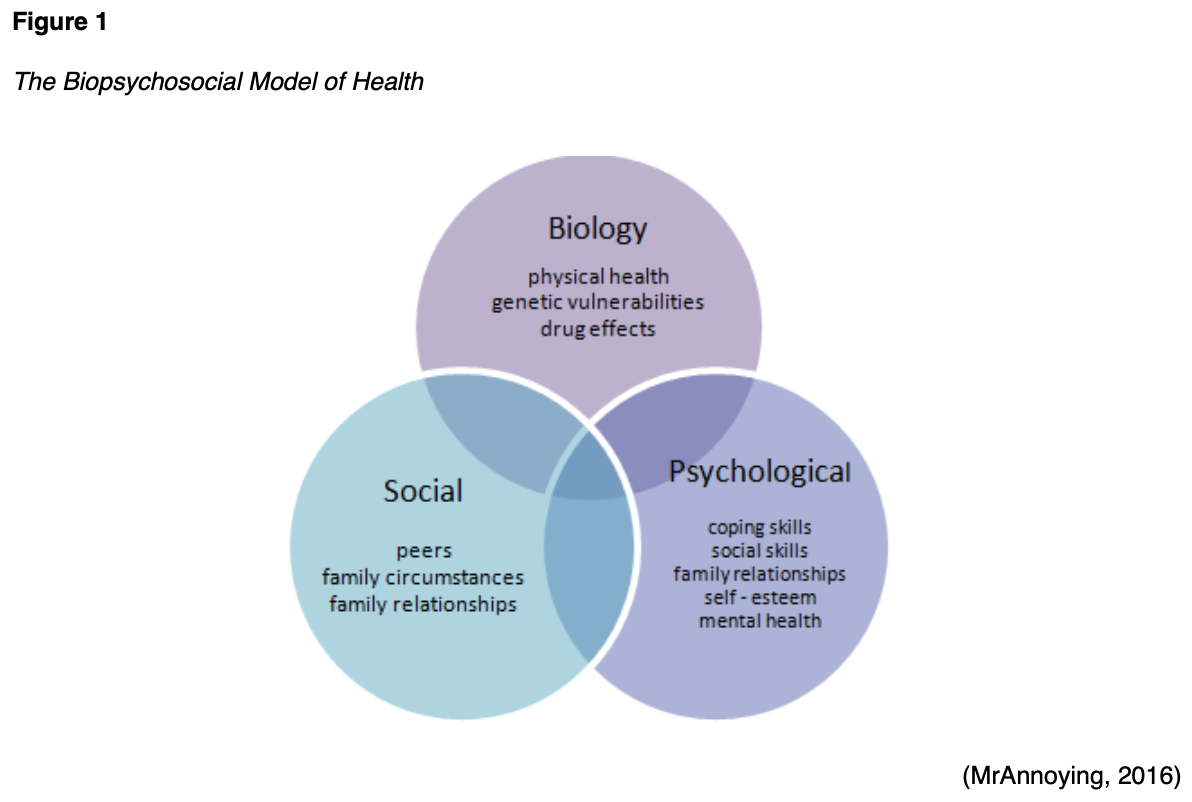The biopsychosocial model is a framework that is widely used in the field of nursing to understand and treat health problems. It recognizes that health is not just the absence of disease, but rather a complex interaction between biological, psychological, and social factors.
In the biopsychosocial model, biological factors refer to the physical and genetic aspects of an individual, including their genetics, physiology, and anatomy. Psychological factors include an individual's thoughts, feelings, and behaviors, as well as their mental health and coping mechanisms. Social factors refer to the influence of social relationships, cultural beliefs, and societal norms on an individual's health.
One of the key features of the biopsychosocial model is that it recognizes that these three factors are interconnected and can influence each other. For example, an individual's genetics may make them more susceptible to certain diseases, but their psychological and social factors can also play a role in whether or not they develop those diseases.
In nursing, the biopsychosocial model is used to guide the assessment and treatment of patients. Nurses may use it to identify the various factors that may be contributing to a patient's health problems and to develop a comprehensive treatment plan that addresses all of these factors. This may involve working with other healthcare professionals, such as psychologists or social workers, to provide a holistic approach to care.
One of the benefits of the biopsychosocial model is that it allows nurses to take a more personalized approach to care. Rather than just focusing on treating a patient's physical symptoms, nurses can consider the individual's unique experiences and needs and tailor their care accordingly. This can lead to better patient outcomes and a more positive experience for both the patient and the nurse.
Overall, the biopsychosocial model is an important framework for nurses to understand and utilize in their practice. By considering the complex interplay of biological, psychological, and social factors, nurses can provide more comprehensive and effective care for their patients.









